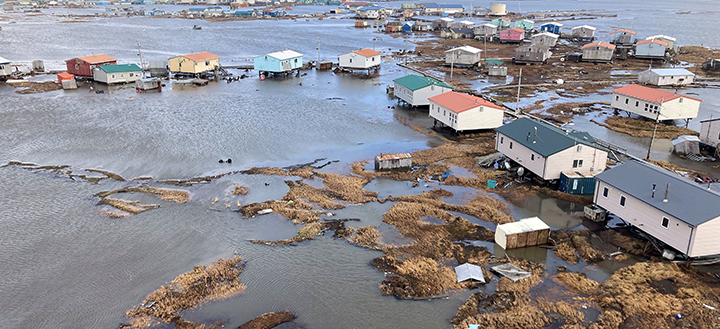Create Your Plan
Preparing an effective plan can help to continue essential services post-crisis and reduce possible effects.
Continuity of Operations (COOP) Plan and Business Continuity Plan (BCP)
- A COOP or BCP helps public and private entities continue essential functions during any event, no matter the threat or hazard.
- A COOP plan helps an organization continue to perform the most essential functions, even in a time of crisis. It identifies the essential functions affecting the public/property safety or causing major economic impacts. The plan identifies the required resources, actions, procedures, and interdependencies to provide a framework for continuing these functions and restoring operations. The planning process helps ensure that there is a well-defined prioritization of functions and systems which will assist organizations to be more resilient in the face of service disruptions.
Comprehensive Emergency Management Plans (CEMP) and Emergency Operations Plan (EOP)
- An Emergency Operations Plan (EOP) provides a framework for preparedness, response, and recovery involving a disaster event or emergency. The plan identifies the resources, systems, and procedures that are needed before, during, and immediately after an emergency.
- A Hazard Mitigation Plan identifies the potential hazards that present risks to life and property, and then recommends specific mitigation actions that can reduce the impact of a disaster event. The plan outlines the organization’s strategies and priorities for mitigating against the various potential natural hazards or man-made threats. It guides not only emergency managers, but also assists in the grant funding process.
- A Long-Term Recovery Plan will help ensure initial recovery activities lead to planned and coordinated long-term reconstruction activities. It will also provide a procedural and action-oriented plan for agencies to understand the multitude of complex challenges following disaster events. By developing this plan in advance of disastrous events, you can establish and strengthen the multi-agency coordination necessary for deliberate and successful recovery.
- A Long-Term Recovery Plan that aligns with your EOP or CEMP engages the existing resources and authorities to address the long-term recovery challenges and opportunities following a declared event. It also establishes a system for coordinating the long-term recovery phases of emergency management and provides a more resilient and sustainable recovery.
Practice Your Plan
Conducting exercise programs in simulated scenarios can increase your capability, competence, and awareness in a disaster situation.
- Tabletop Exercises (TTX)
- TTX involve key stakeholders discussing and evaluating the actual steps that should be followed in a simulated scenario.
- Functional Exercises (FE)
- FE validate emergency coordination, command, and control in a more formal, operational setting, usually in the Emergency Operations Center (EOC); however, it does not involve personnel outside the organization.
- Full-Scale Exercises (FSE)
- FSE involve stakeholders from multiple agencies validating plans in a “real world” scenario including personnel in the field.
Check Your Insurance Coverage
Managing and insuring potential risks is a crucial step in preparing for any crisis situation.
Risk Management/Insurance Consulting
- Risk management and insurance consulting services assists organizations with identifying, analyzing, controlling, financing, and implementing the most cost-effective solutions that maximize opportunity for effective protection of all assets.



